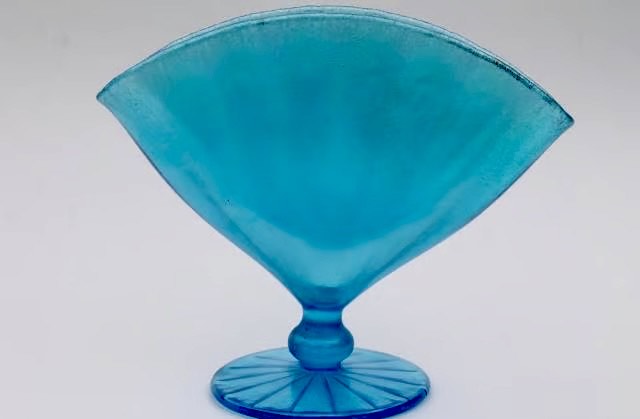History of Stretch Glass in the USA
Stretch glass, known for its distinctive iridescent finish and "stretch marks," is a unique form of American art glass that gained popularity during the early 20th century. Its production, primarily between the 1920s and 1930s, showcased the innovation and creativity of American glassmakers. This article delves into the history, production techniques, and significance of stretch glass in the USA.
ITSA GLASS
5/8/20242 min read


Origins and Development
Stretch glass originated from the iridescent glass trend popularized by companies like Tiffany and Loetz. However, unlike the high-end luxury pieces from these manufacturers, stretch glass was produced to be affordable and accessible to a broader audience. The name "stretch glass" derives from the characteristic striations or "stretch marks" that appear on the surface due to the manufacturing process.
Key Manufacturers
Several American glass companies were instrumental in the production of stretch glass, including:
Fenton Art Glass Company: One of the most prolific producers, known for its wide range of colors and innovative designs.
Northwood Glass Company: Notable for its intricate patterns and vibrant hues.
Imperial Glass Corporation: Renowned for its high-quality pieces and diverse range of iridescent finishes.
U.S. Glass Company: Produced a variety of stretch glass items, contributing significantly to its popularity.
Production Techniques
The production of stretch glass involved several steps:
Base Glass Creation: The process began with the creation of a base glass, which was typically clear or colored.
Application of Metallic Salts: While the glass was still hot, metallic salts were applied to the surface. This step was crucial for achieving the iridescent effect.
Reheating and Stretching: The glass was then reheated and manipulated, causing the surface to stretch and form the characteristic striations.
Cooling and Finishing: Finally, the glass was slowly cooled to prevent cracking and ensure durability. Additional decorations or patterns might be added during this stage.
Characteristics and Identifying Features
Stretch glass is identifiable by its iridescent sheen and the distinctive stretch marks that give it its name. The colors can range from pastel hues to vibrant shades, with popular colors including:
Celeste Blue
Florentine Green
Persian Pearl
Ruby Red
Topaz Yellow
The patterns on stretch glass can vary widely, from simple geometric designs to intricate floral motifs.
Collecting Stretch Glass
Stretch glass remains a popular collectible due to its unique beauty and historical significance. Collectors value it for its affordability, variety, and the craftsmanship it represents. When collecting stretch glass, consider the following tips:
Condition: Look for pieces with minimal damage, as chips and cracks can significantly reduce value.
Color and Pattern: Some colors and patterns are rarer and more desirable than others.
Manufacturer Marks: Identifying marks from renowned manufacturers can add to the piece's provenance and value.
Conclusion
Stretch glass is a testament to the ingenuity and artistry of American glassmakers during the early 20th century. Its distinctive appearance and the fascinating history behind its production make it a cherished addition to any glass collection. By understanding the history and techniques of stretch glass, collectors can better appreciate the beauty and significance of these unique pieces.


